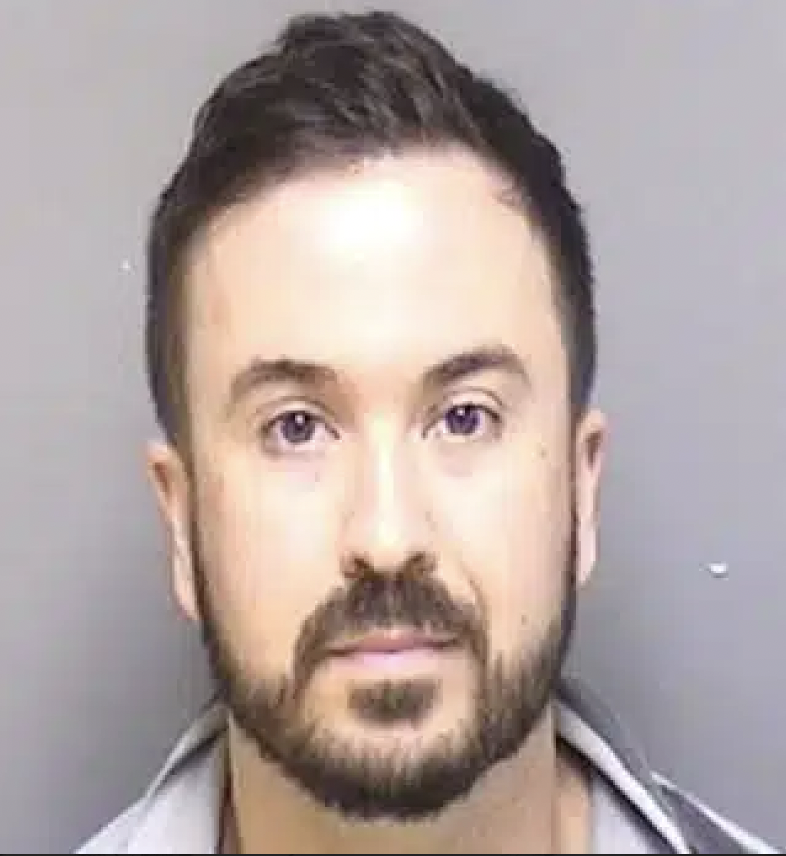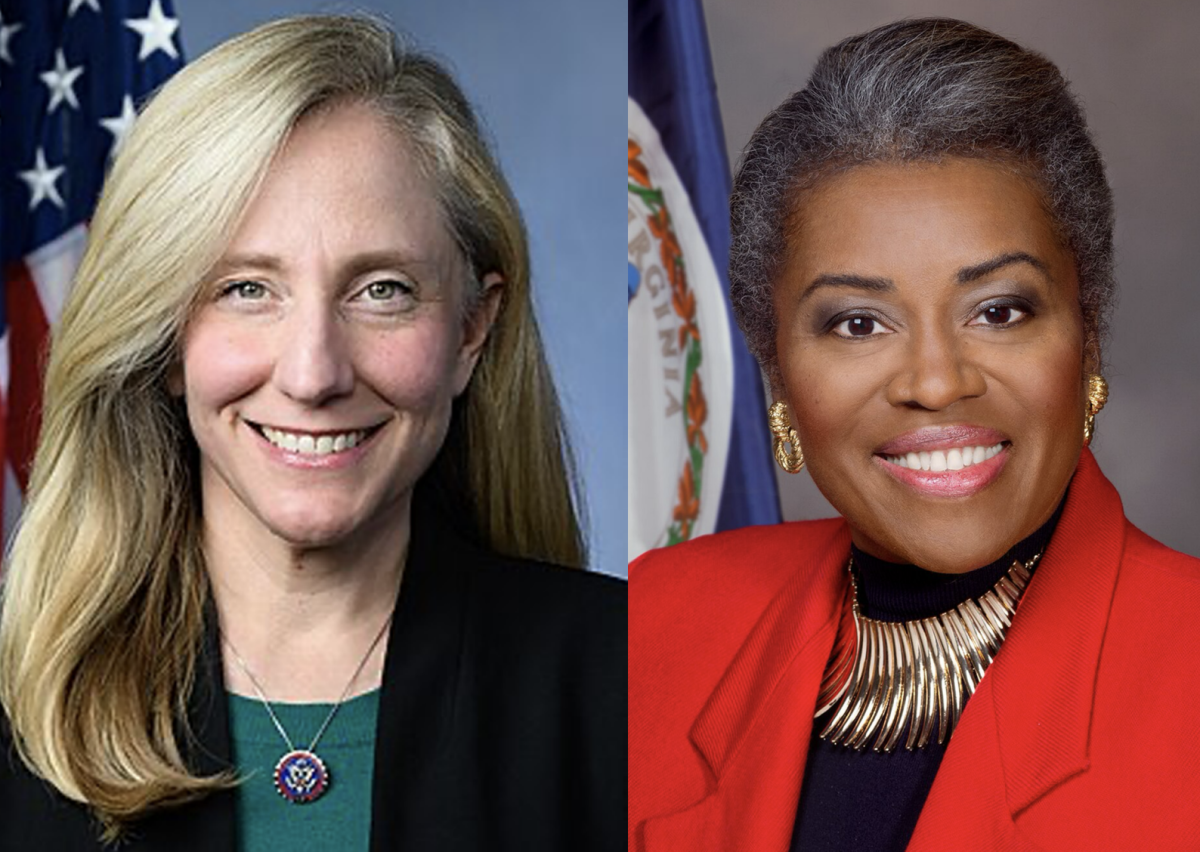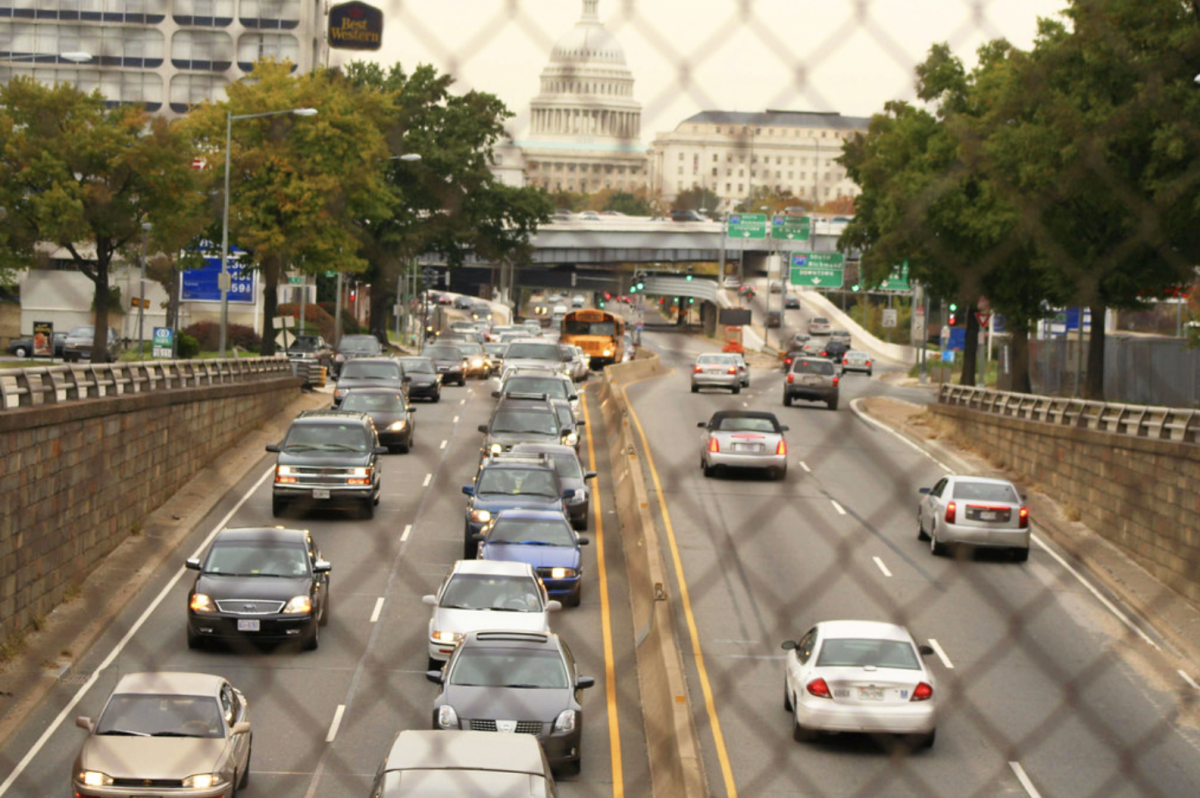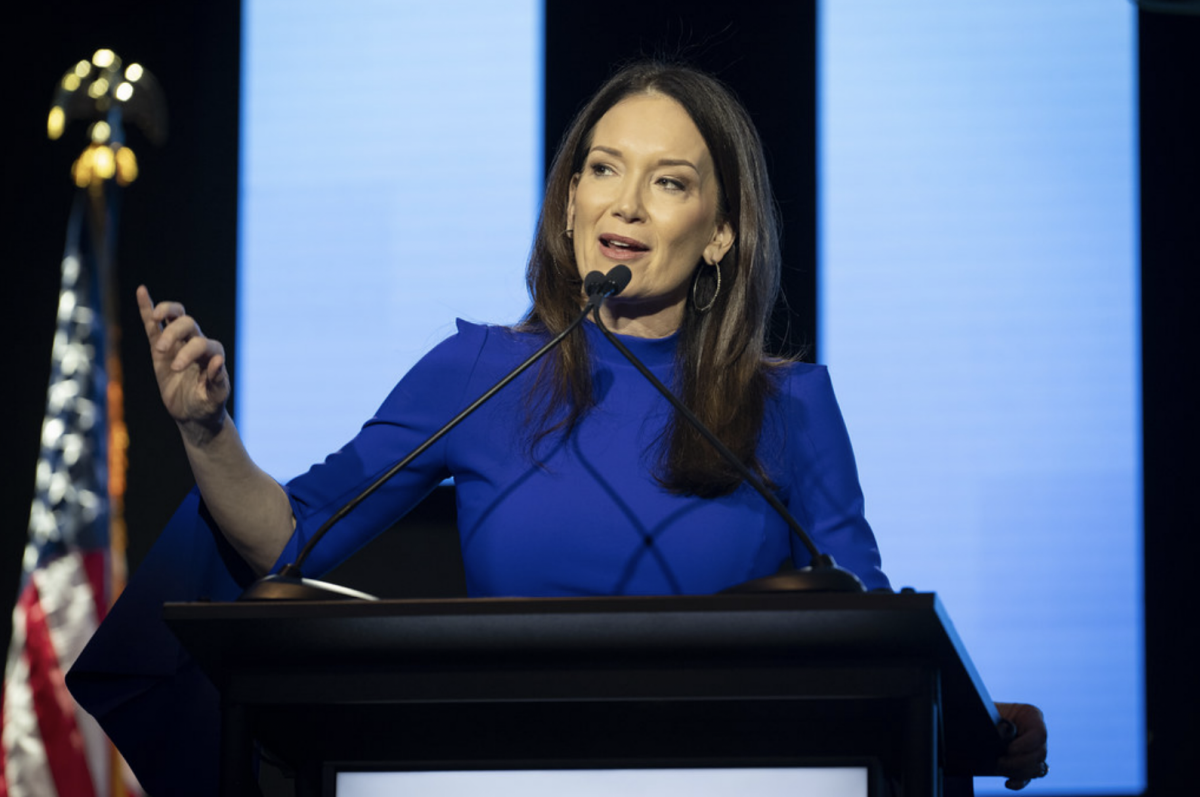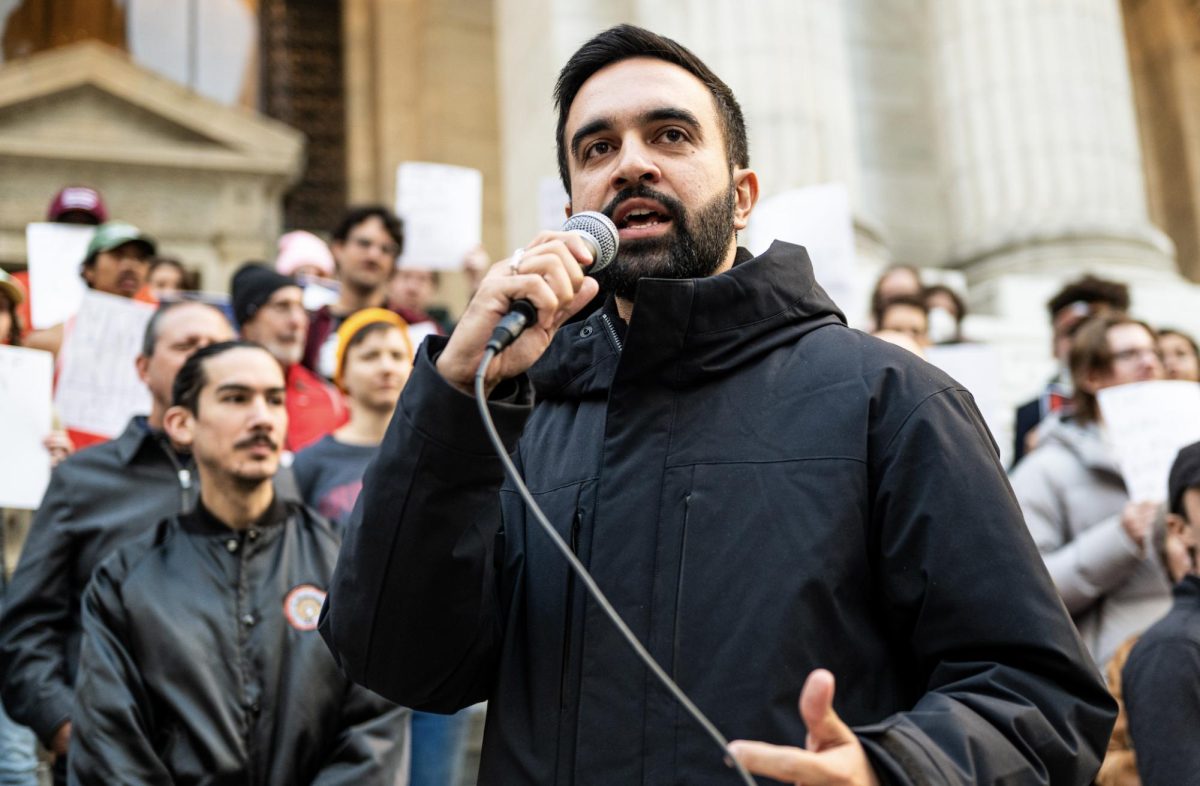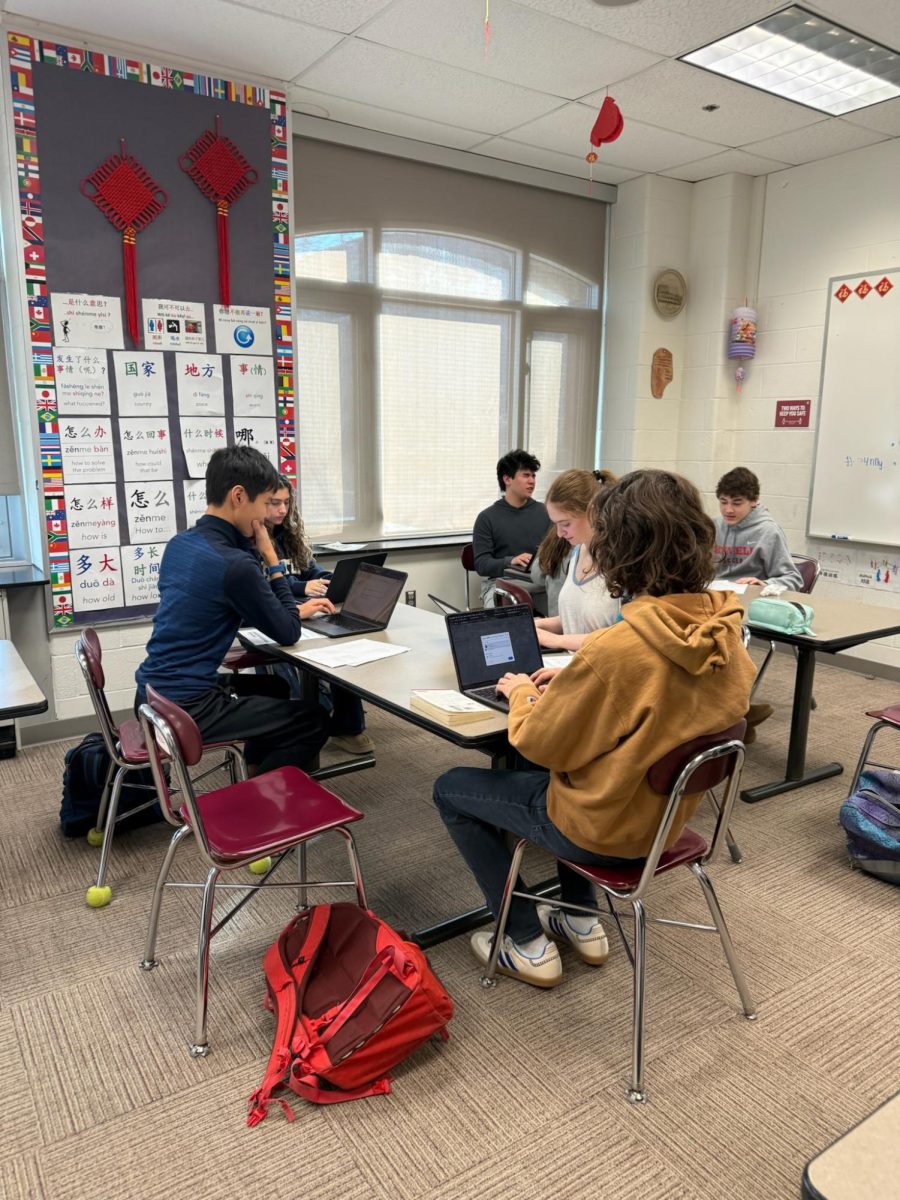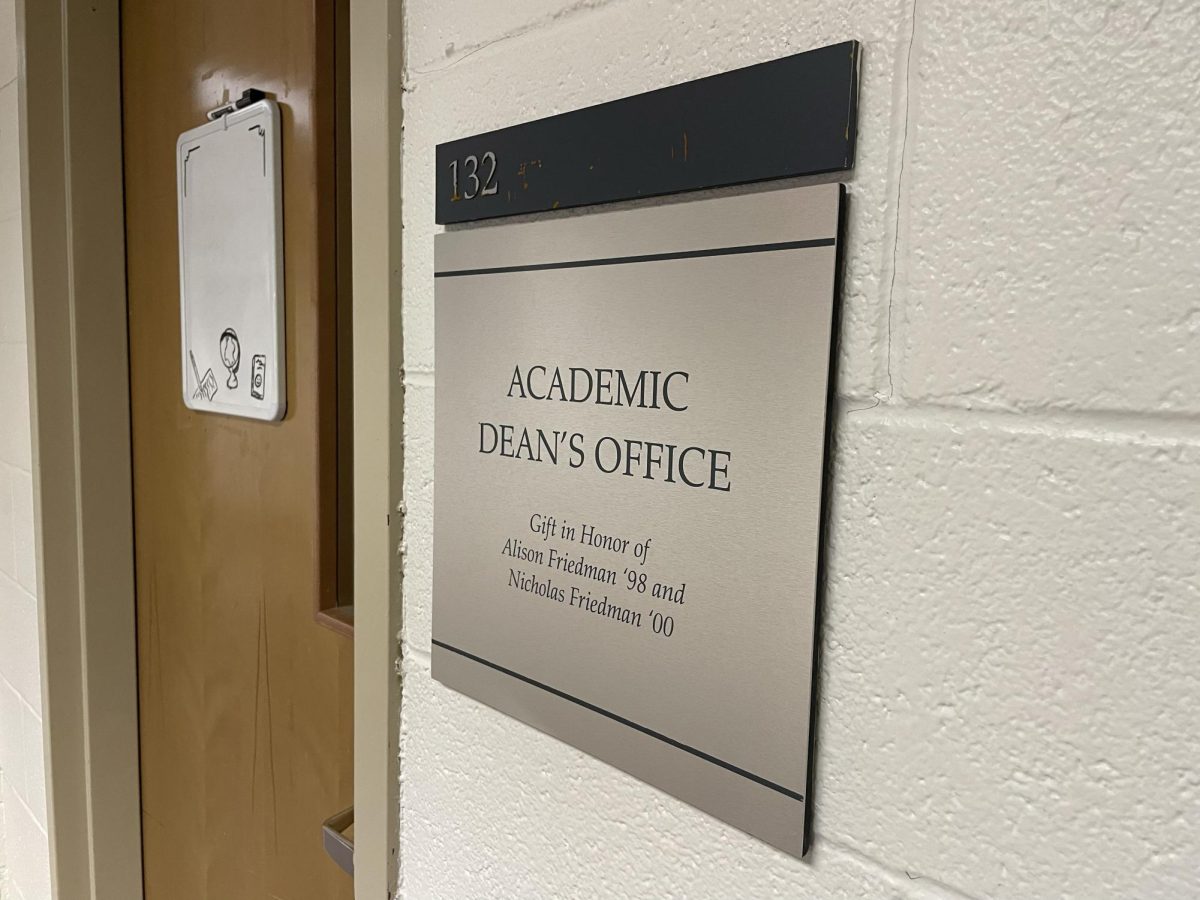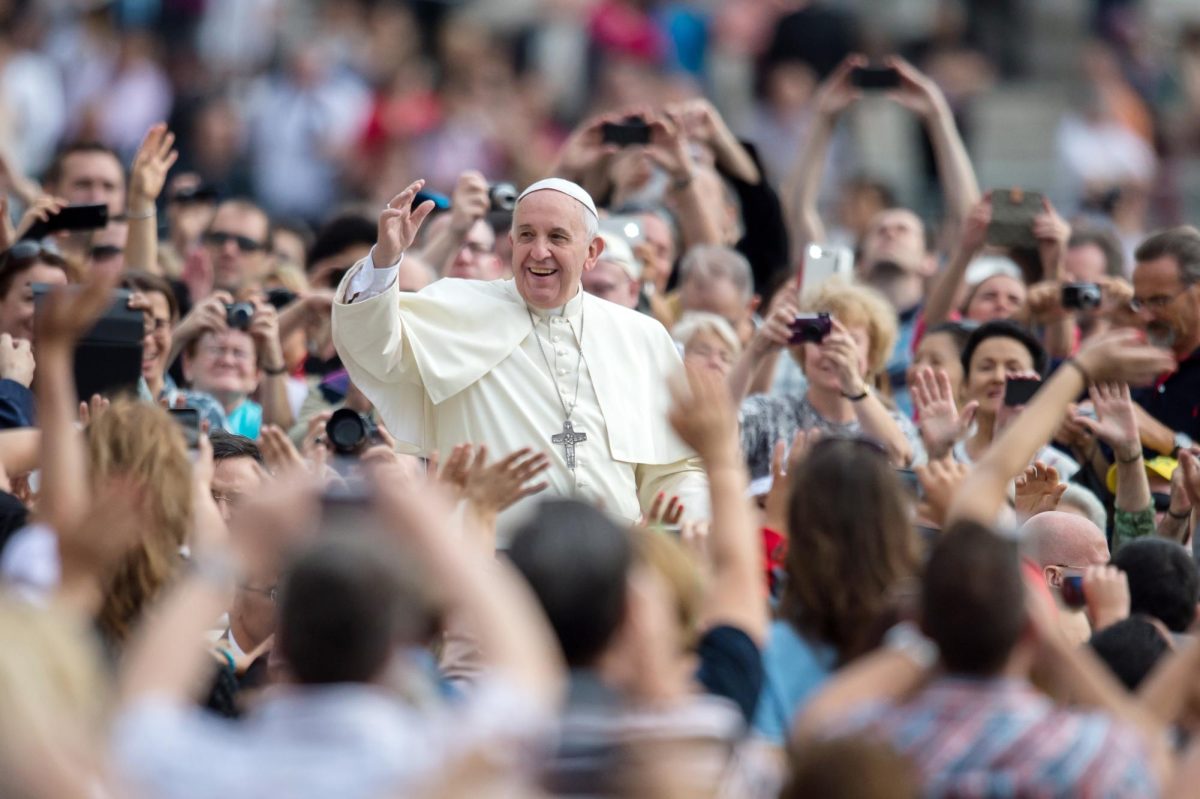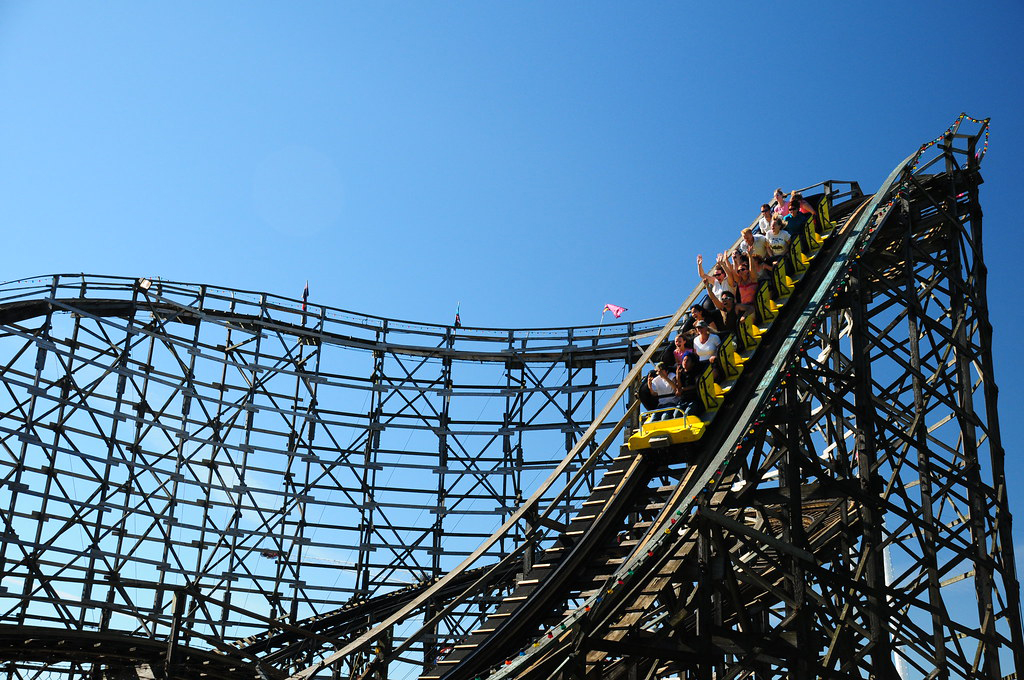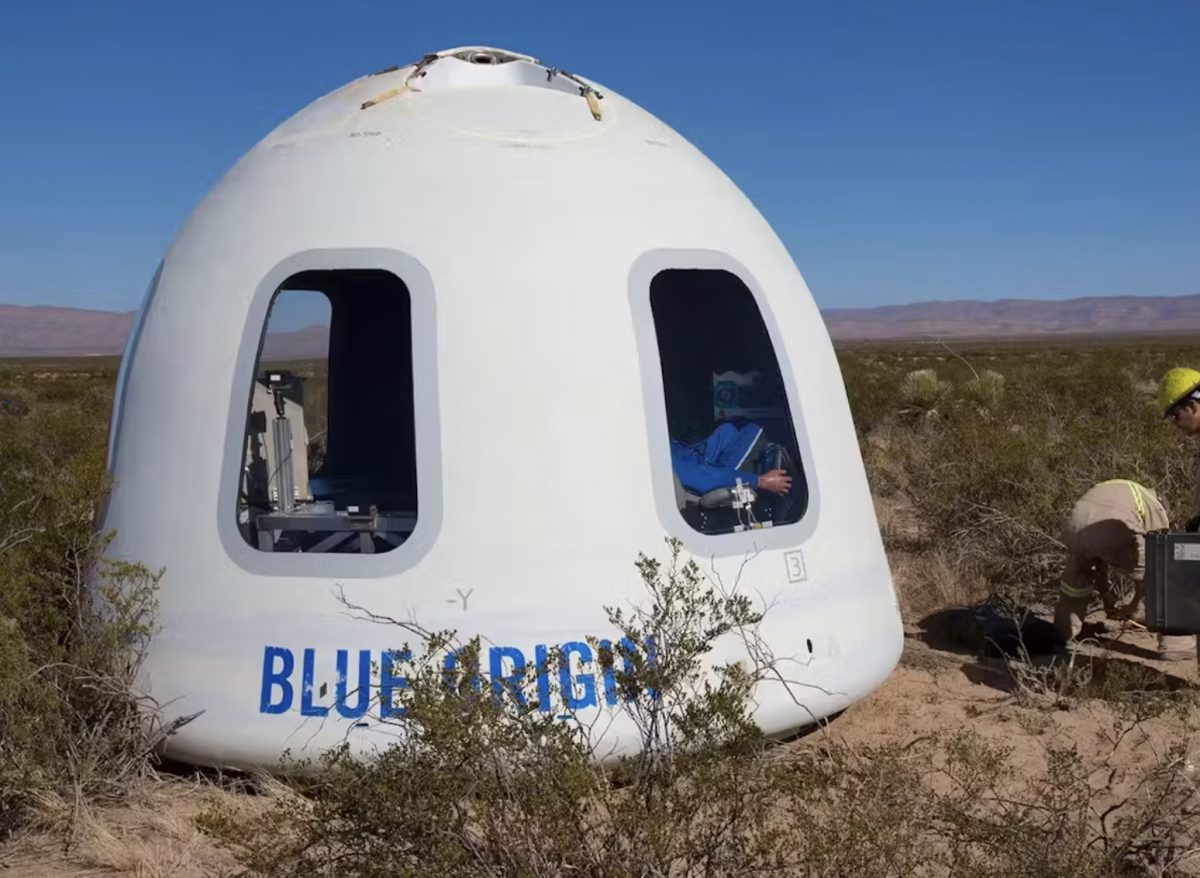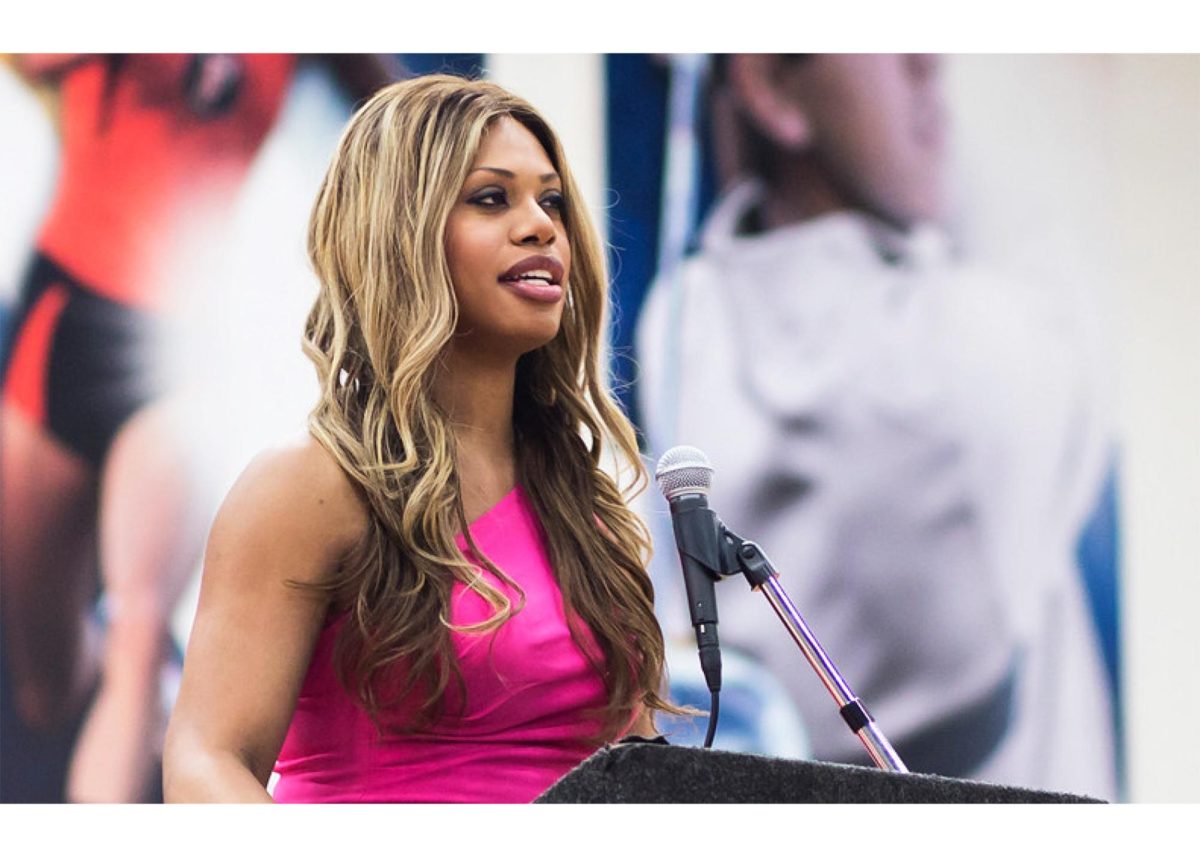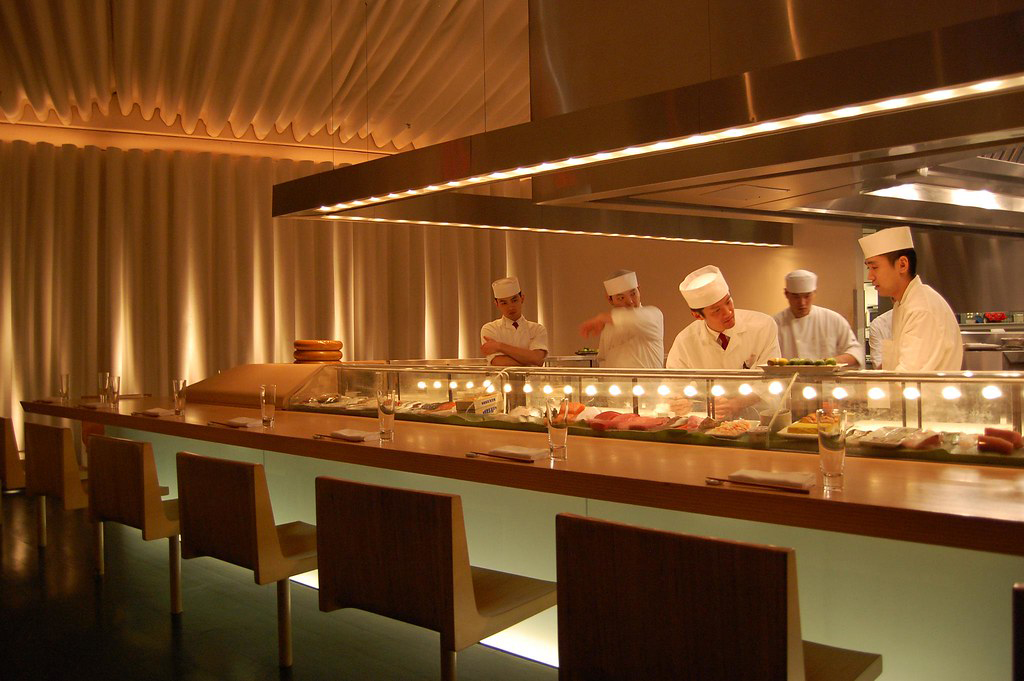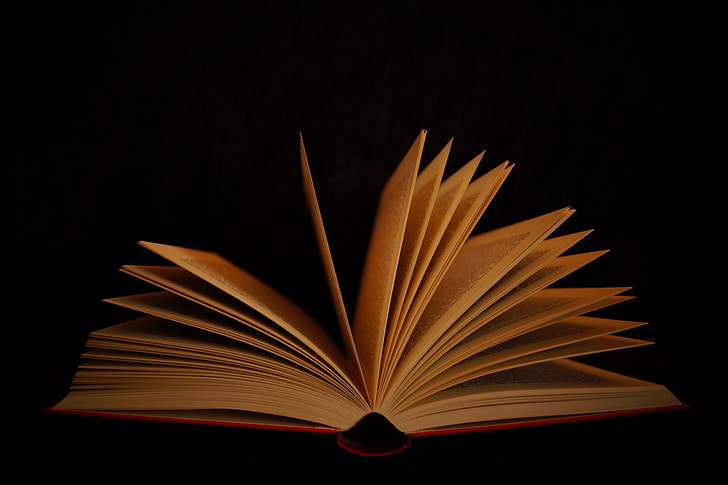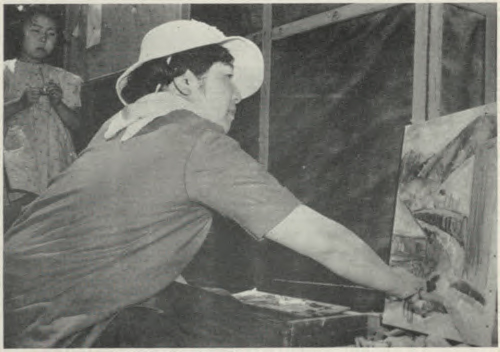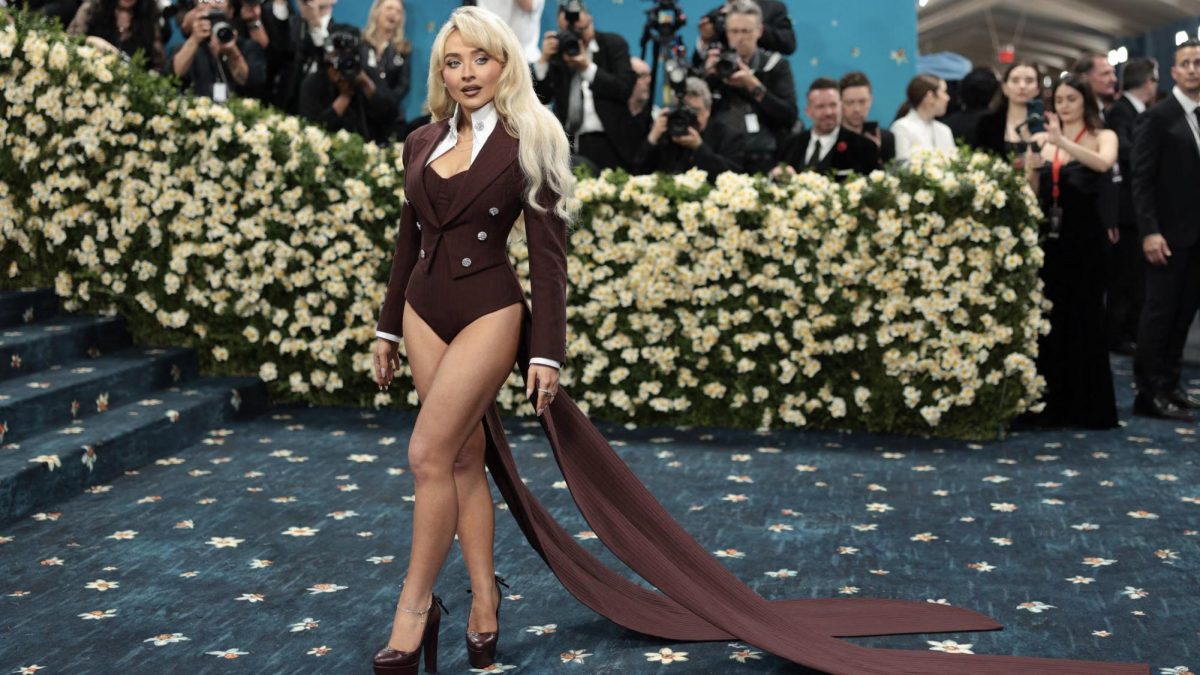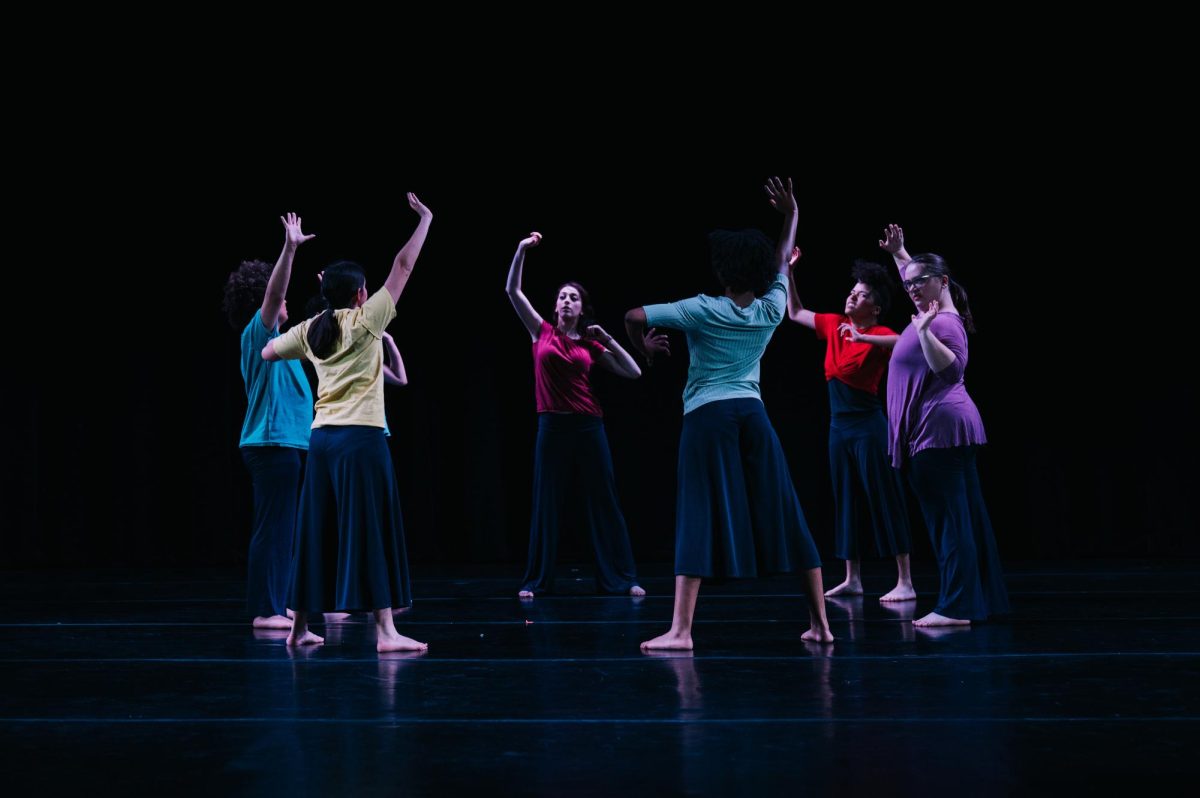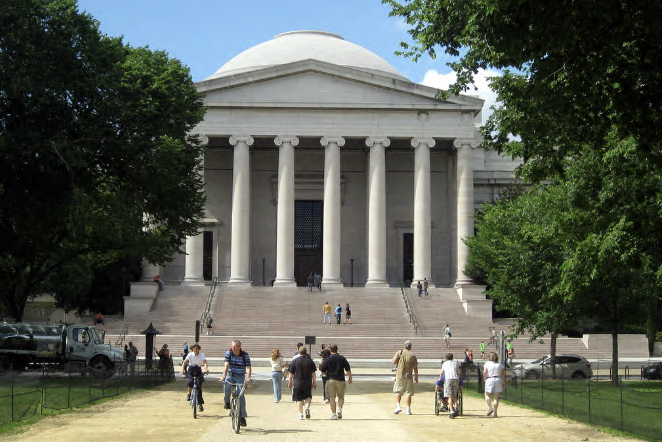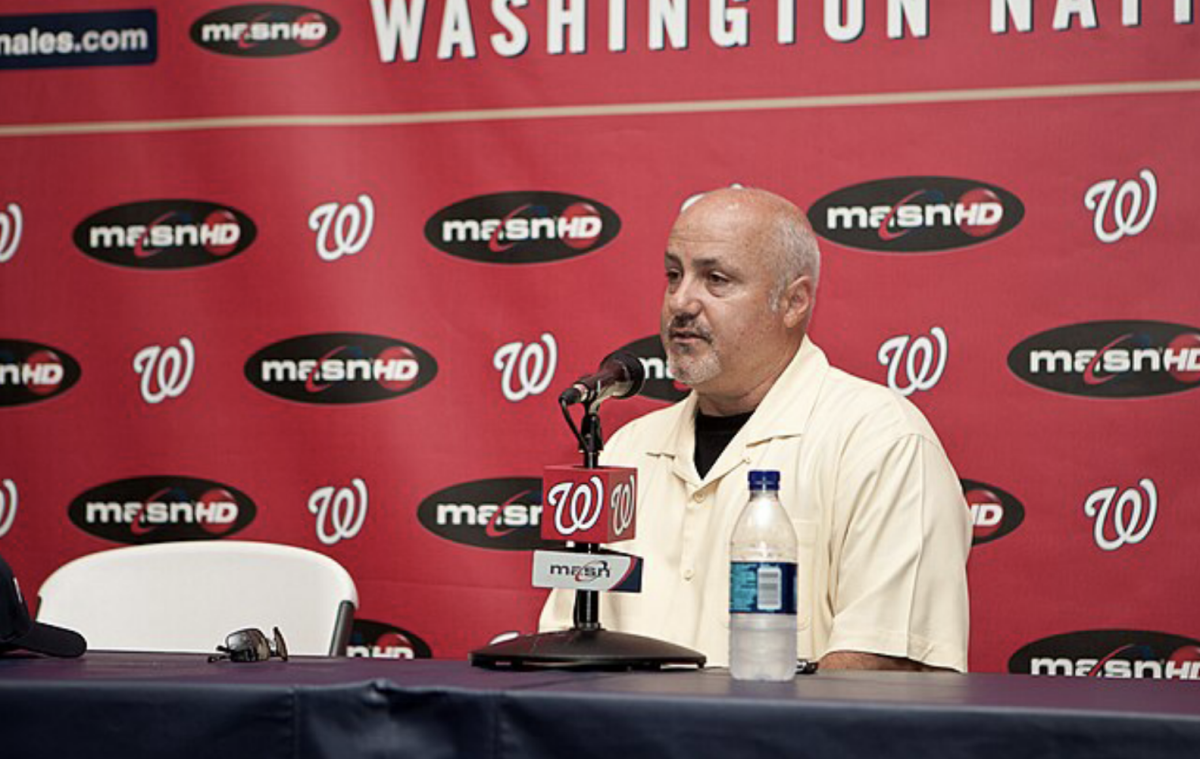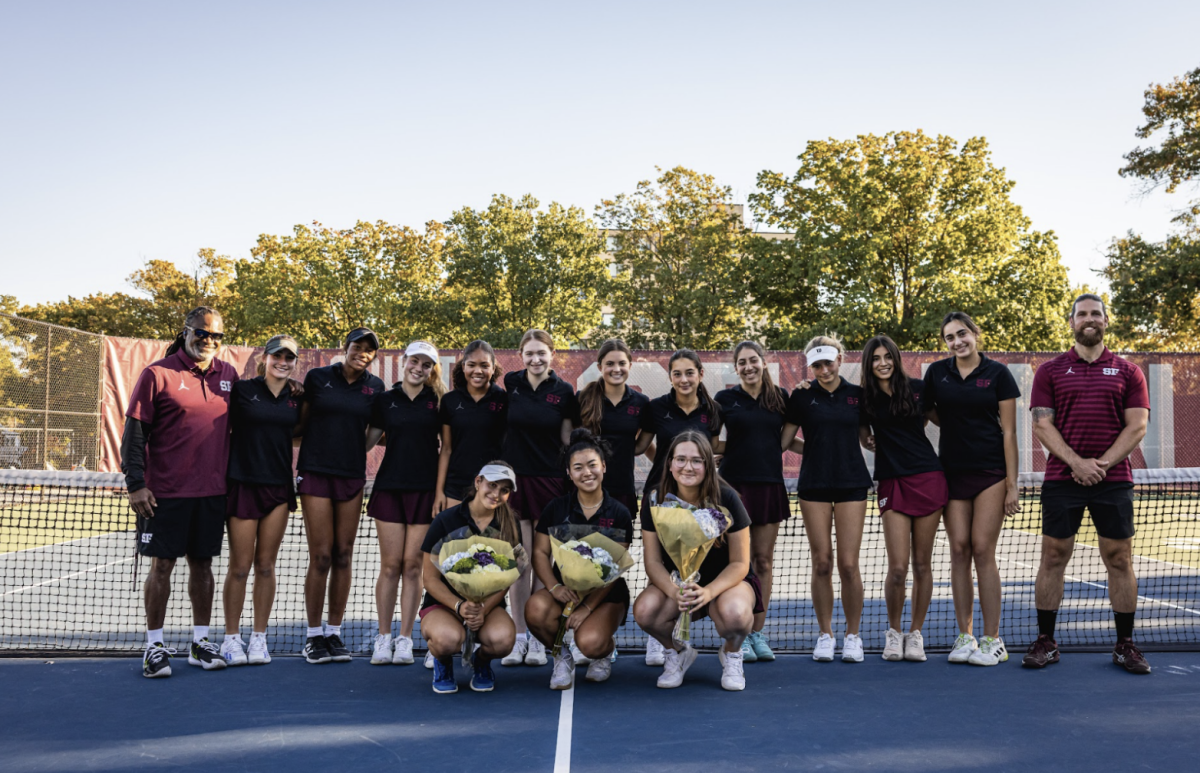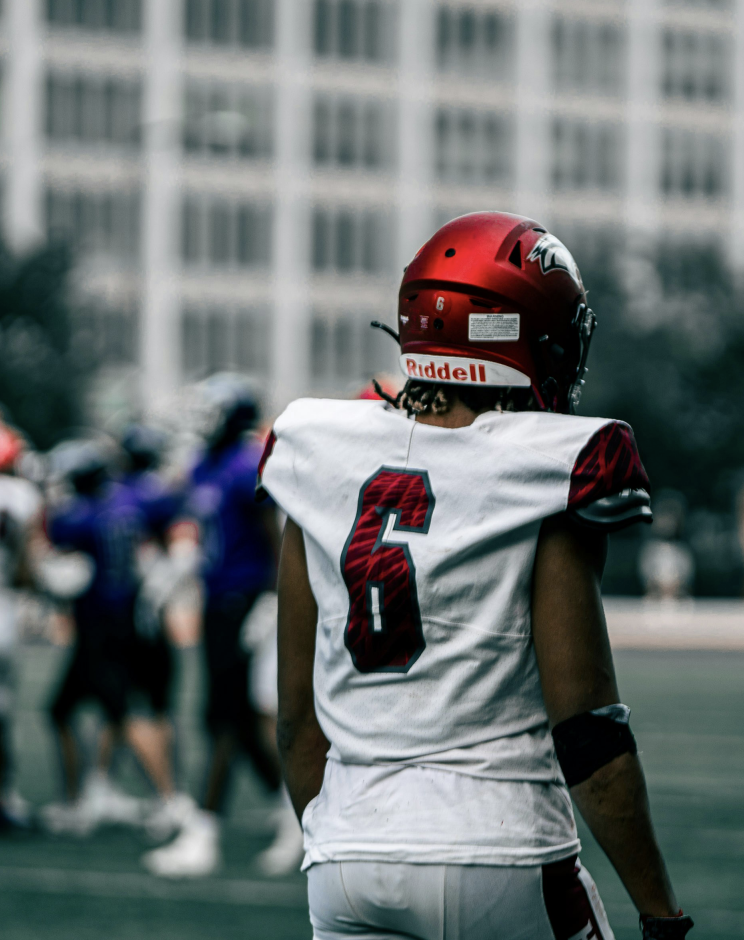The visit was organized and led by African American Studies Chair and United States History teacher Jewell Debnam. Other U.S. History teachers Silvana Niazi, Elise Robison and Meghan Mulhern also attended as well. The museum opened in 2016 in downtown Washington and, according to the museum, houses over 40,000 historical artifacts that document African American history and culture. Students were able to explore the entire museum but spent significant time in the exhibits about American slavery, the Civil War and the Reconstruction Era.
According to Niazi, “one of the things we try to do in the history department is try to give voice to lesser heard voices,” something students were able to experience in the museum. Robison said that students may have felt uncomfortable with the museum’s immersive nature, as it forced students to grapple with difficult topics.
Mulhern added that they encouraged students to form new perspectives and discuss the more difficult aspects of the exhibits. “One thing we were very intentional about was holding a meeting for sharing because we didn’t want to just come back to school and have that be the end of the day … A lot of what we were talking about is very heavy and new for students,” she said.
Niazi highlighted the interactivity of the museum, stating that she strives to “think through not just how to tell history, but also how to show history.”
Mulhern, who has been to the museum many times, will often go with relatives and folks who haven’t been before. She explained that each person who goes comes out with different understandings of African American and American history more broadly.
Robison highlighted the importance of the room of reflection, which was located at the end of the museum. The room provides a quiet space where visitors can take time to reflect on their museum experiences. She stated that the design “acknowledges the empathy and compassion we must have when digging into this work.” The room provided a space for visitors to leave comments and respond, allowing students and teachers to reflect on numerous queries.
Mulhern added that the room parallels Sidwell’s Quaker values and dedication to holding space for reflection. All were encouraged to spend time in the reflection room and teachers held a collective meeting for sharing once students returned to campus.
Niazi wishes that the Meeting for Sharing was divided into multiple sections so that students could more freely speak their minds without needing to talk to the entire group. She hopes the U.S. History Department will organize more field trips. While they are challenging to coordinate, Niazi feels they help students obtain different perspectives.
that wouldn’t otherwise be taught. She emphasized the importance of having students see and interact with their learning, thus aiding students in developing a much more nuanced understanding of the curriculum.
This is the second year Sidwell Friends juniors have visited the museum, and U.S. History teachers hope to make the trip an annual occasion.

